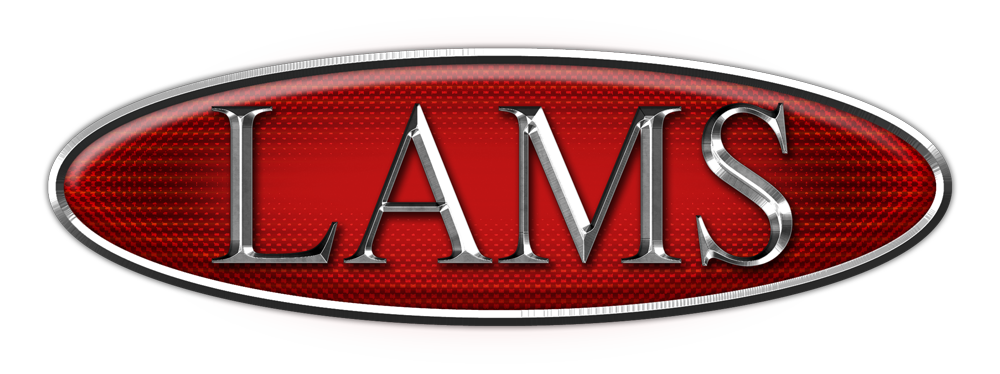Volume V
TARPS & CABLES
Two vital pieces of OVM Gear (Outer Vehicle maintenance equipment) armor model manufacturers are not too diligent about including in their kits are tarps and tow cables.

A tarp (tarpaulin) is a rectangular piece of heavy, dark green canvas impregnated with a water-resistant chemical and its main function is to keep a tank’s interior dry when the tank is going to be stationary for any length of time. The tarp’s dimensions vary (depending on the tank), but it must be long enough to cover the turret from the muzzle of the main gun tube to the back of the turret, covering the T.C.’s and loader’s hatches. If rain gets inside the turret, there is a good possibility it will cause rust, jammed gears, and shorted electrical circuits leading to no end of other problems. Tanks, uncovered, leak. Sitting in the T.C.’s seat, on radio watch at 0100 on a cold drizzling winter night, listening to the static on the company radio net, with the cold rain steadily dripping on you from leaks around the periscope mountings and the T.C.’s hatch is not a fun way to spend an evening.
An additional use is as a ground cloth when breaking main gun ammo…. One or two tarps will be laid on the ground and shells for the main gun will, after being removed from crates and tubes, be placed on it and then picked up by individual tank crews.

A strictly unofficial use is as a shelter. If the tactical situation permits, two tanks park side by side about 10 to 20 feet apart. One tank swings its main gun tube to the 3 O’clock position and locks it down. The other tank swings its tube to 9 O’clock position and locks down. One tarp is then laid on the ground between the two tanks and the second tarp is then thrown over the two parallel main gun tubes which act as a ridgepole. The bulk of the tanks block off the openings of the second tarp and two crews have enough room inside to get a relatively dry, warm, and decent night’s sleep. On field operations sleep is always in short supply and this arrangement enables 8 men to stand an all night radio watch instead of 4, resulting in shorter watches and MORE SLEEP! So, just remember that your next tank really should have a tarp on it.

Since tanks get stuck in mud and suffer mechanical breakdowns they need to be moved, thus-tow cables. As tanks weigh anywhere between 30 to 60 tons, the crew getting out and pushing just isn’t going to do it. Depending on the tank, it will carry at least 1 or preferably 2 tow cables. For towing the Tower (another tank or a tank retriever) will position itself in front or in back of the towee depending on the situation on the ground and the tow cables will be connected to both vehicles. When connected, they form an “X” (left rear to right front hook, right rear to left front hook) this arrangement is the IRON RULE of Towing! It lessens the strain on the cable when turning. After the cables are connected, the crews get clear of the area as cables under stress can snap and such an occurrence could be ugly ( ask any sailor who has served on an aircraft carrier) and away they go.


Kit makers tend to omit tow cables, or make inflexible plastic ones which are too light and thin, or just the hooks
and provide a piece of string, which is ridiculous! Tow cables are composed of thick heavy wire and have a springy quality. For years, I’ve used HUDSON & ALLEN’s brand of tow cables, made of real wire and with cast metal hooks in the U.S., British, German and Russian styles. With a generous length of wire, so one can make two decent tow cables. You Rustaholics can indulge as cables after a couple of months exposure to the elements acquire a light coat of surface rust. It all rubs off though when the cables have to be used.

There was a butterbar who thought he could prevent this surface rust. A butterbar is a 2nd Lt. Not all 2nd Lts. Are Butterbars (referring derogatorily to the Gold Rank Bar), Thank God, but all Butterbars and 2nd Lts., who, being unsure of themselves and lacking adequate self-confidence, refuse to take any advice from Enlisted Men as they fear it would be a sign of weakness. This particular one ordered his platoon to wrap their cables in burlap. Although the Plt. SGT. And Tank Commanders protested, The Butterbar was adamant. WRAP! They did. Some weeks later on the morning of a major technical inspection the burlap covers were removed, revealing————10 heavily RUST‑ENCRUSTED tow cables! In Camp Lejeunes’s humid clime, the burlap trapped the moisture, fostering the proliferation of rust. The BN. C.O. counseled the Butterbar that in the future he would do well to listen to the advice of his enlisted men.
Future topics will cover Interior Colors, Re-arming. Re-fueling and Cat’s Eyes. That’s it for this installment.
T.P.
